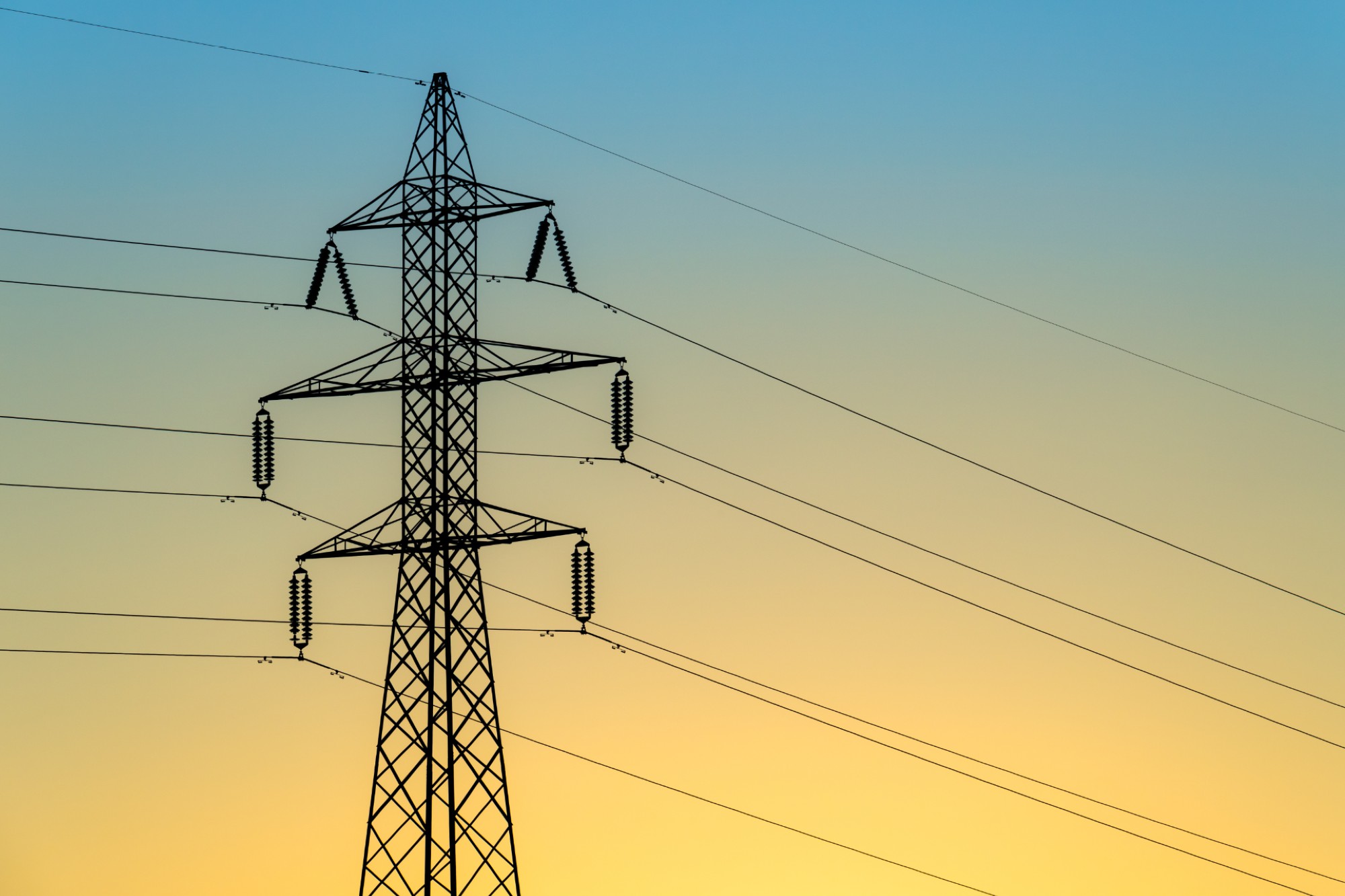CEA introduces draft regulations to improve physical and digital safety in electricity sector
By Staff Report October 8, 2025 5:20 pm IST
By Staff Report October 8, 2025 5:20 pm IST

The Central Electricity Authority (CEA) of India has introduced two draft regulations to enhance physical and digital safety in the electricity sector. Proposed under Section 177 of the Electricity Act, 2003, these regulations are intended to modernise India’s power infrastructure. The CEA is inviting public comments to promote transparency and stakeholder engagement.
The Central Electricity Authority (CEA) has proposed two new draft regulations aimed at enhancing physical and digital safety within India’s electricity sector. These regulations are developed under Section 177 of the Electricity Act, 2003, and reflect a significant effort to modernise India’s power infrastructure. The CEA is currently seeking comments from the public and stakeholders before finalising these proposals, indicating a commitment to transparency and stakeholder engagement. This initiative is seen as a pivotal step in improving the overall safety and resilience of the power system in India.
The first regulation, Draft Central Electricity Authority (Technical Standards for Construction of Electrical Plants and Electric Lines) (2nd Amendment) Regulations, 2025, proposes to update existing standards for the construction of power plants and electric lines. Rather than implementing entirely new rules, the amendment reflects advancements in technology and engineering practices to enhance India’s electrical infrastructure. Key objectives include enhancing durability, reliability, and safety, with a focus on preventing structural failures, extending the lifespan of power assets, and ensuring the safe and uninterrupted delivery of electricity nationwide.
The draft amendment establishes stringent testing requirements for materials in construction, particularly focusing on metal-based structural components. These requirements aim to guarantee the safe performance of system components under various conditions. The testing protocols encompass assessments of electrical resistance for safe conductivity, fire resistance to mitigate damage from electrical faults, and drinking-water compatibility to prevent contamination of water sources.CEA has made corrosion-resistivity testing mandatory for all metal parts, which is important for India’s diverse climate, where moisture and heat can cause rusting. Buoyancy and puncture tests are also required for components used near or in water, ensuring they remain functional and safe. These provisions highlight the CEA’s commitment to ensuring quality assurance and safety from the foundational level.
The second proposed regulation is the Draft Central Electricity Authority (Cyber Security in Power Sector) Regulations, 2025. This proposal addresses the rise of digital technology in the power sector and the growing threat of cyberattacks. Power systems now rely on smart meters, automated controls, and connected networks. This makes strong cybersecurity even more urgent. The new regulation sets minimum cybersecurity standards for power utilities and other entities. It will likely require regular security audits, formal incident reporting, and protective measures for operational technology (OT) systems. The goal is to defend against cyber threats that could disrupt the electricity supply or impact national security.
We use cookies to personalize your experience. By continuing to visit this website you agree to our Terms & Conditions, Privacy Policy and Cookie Policy.